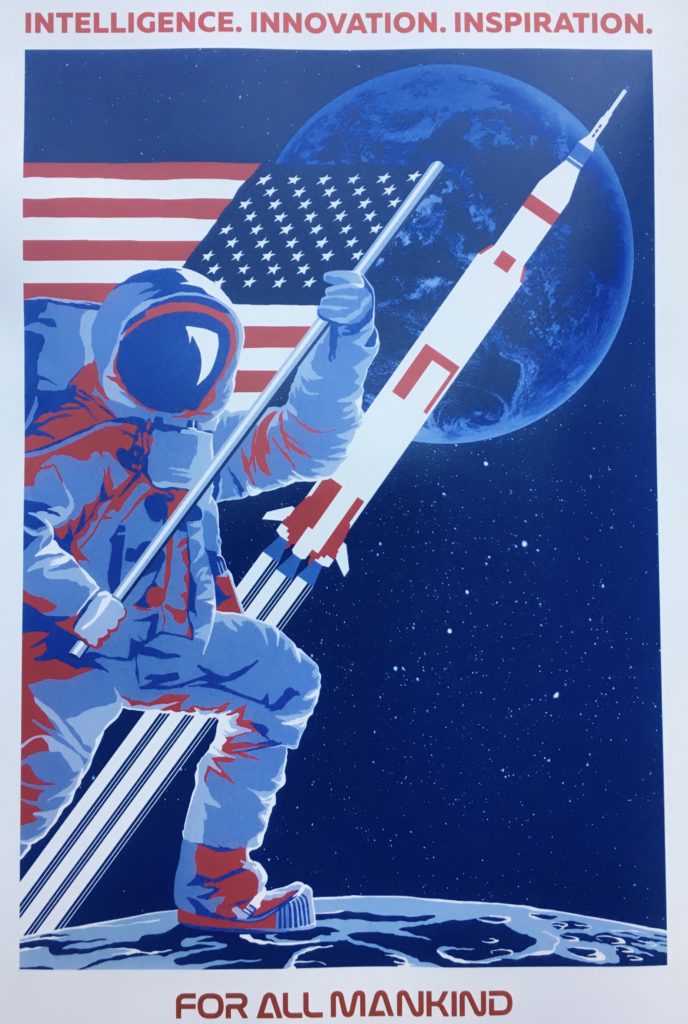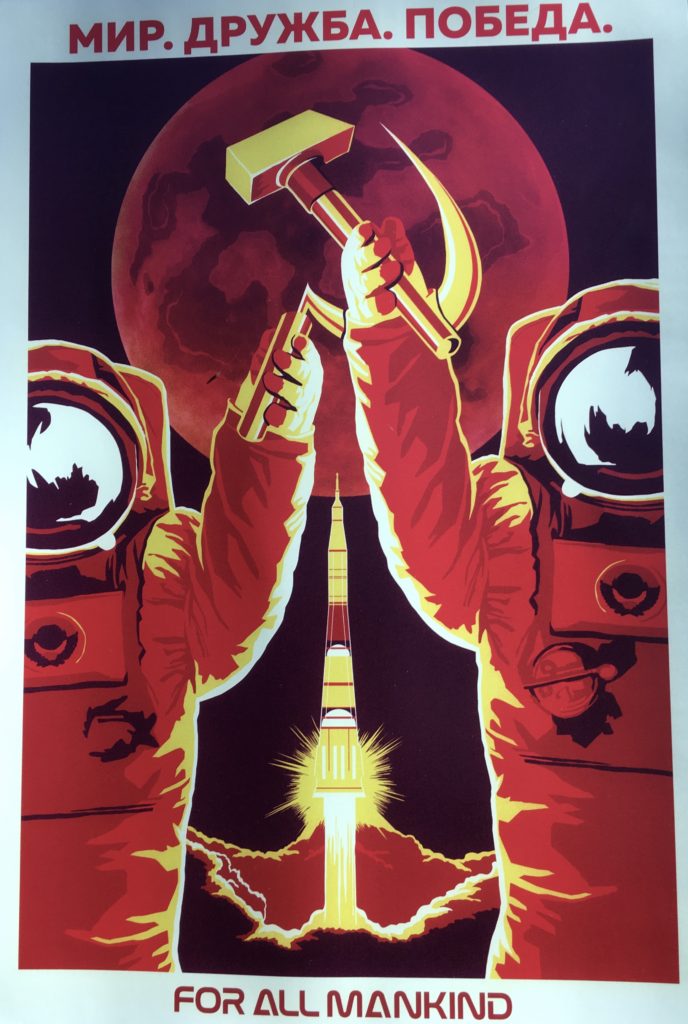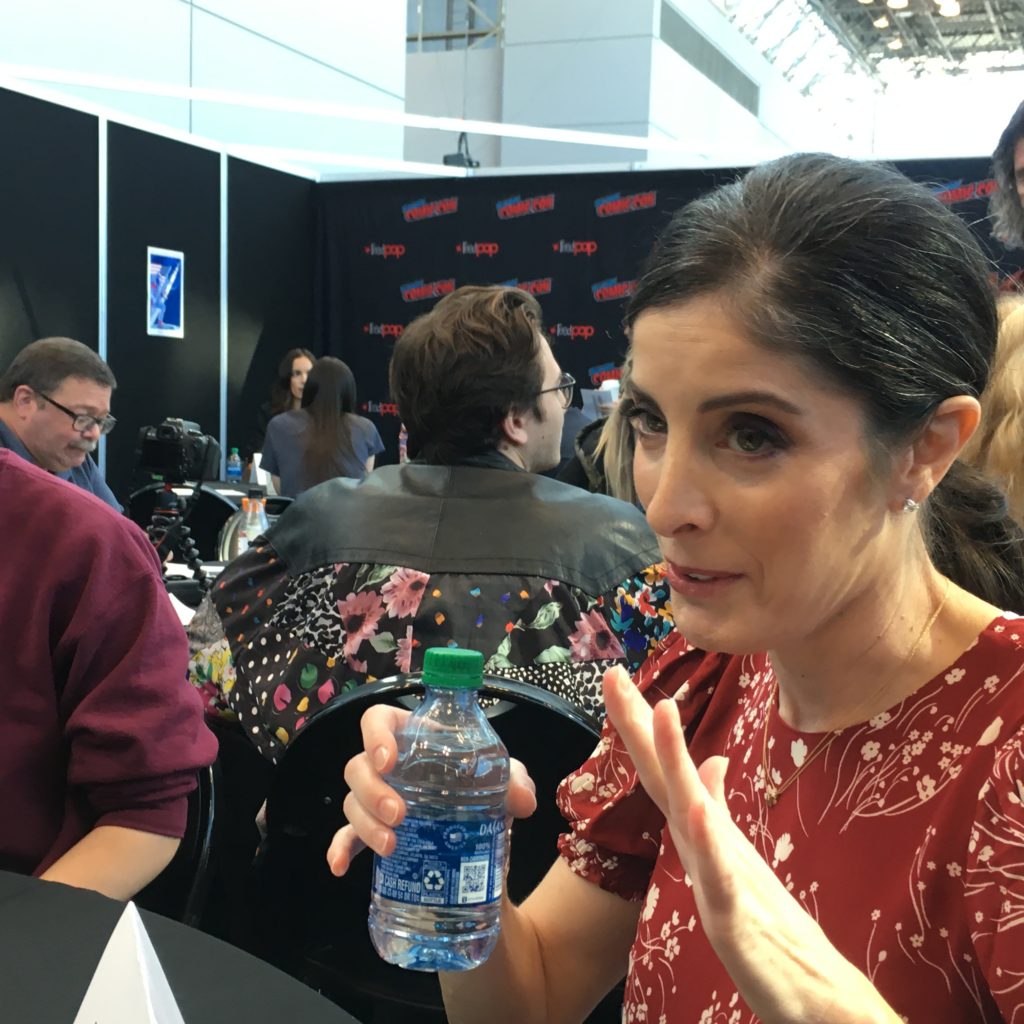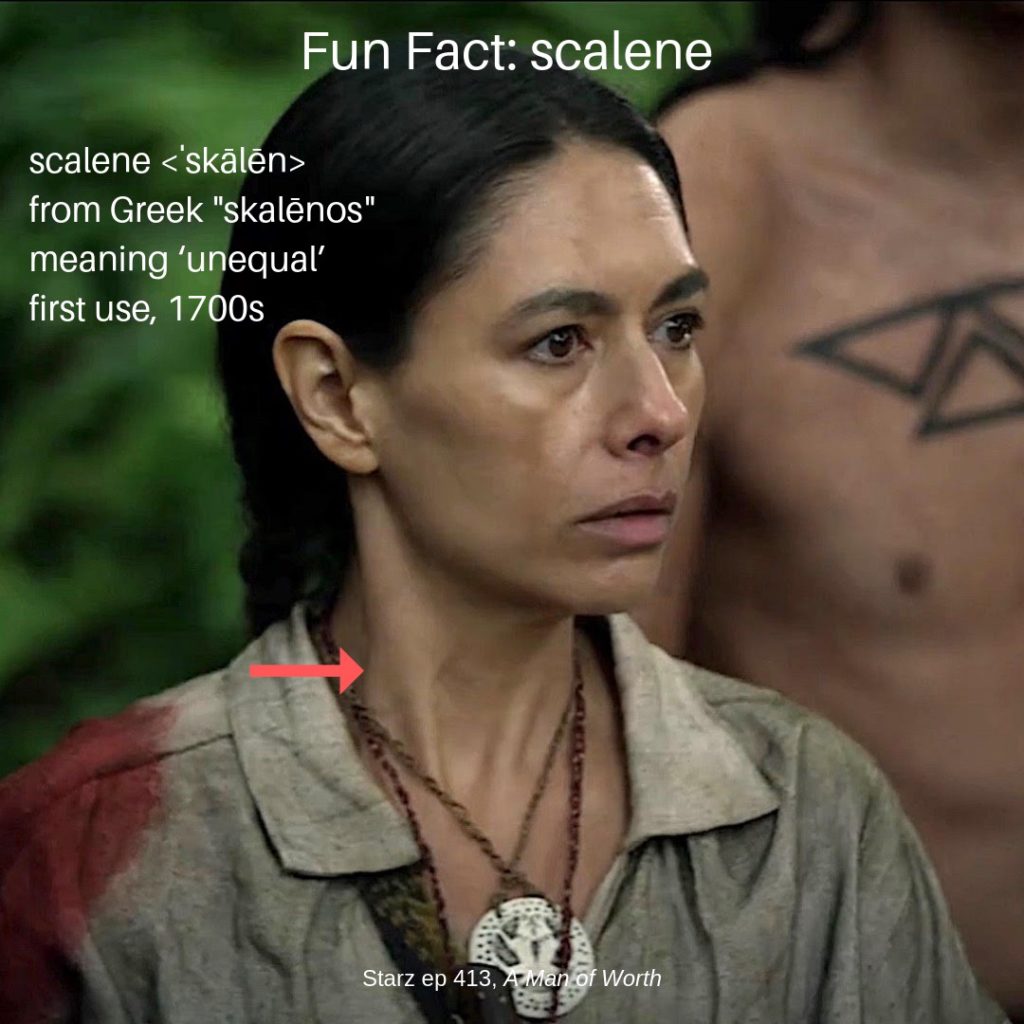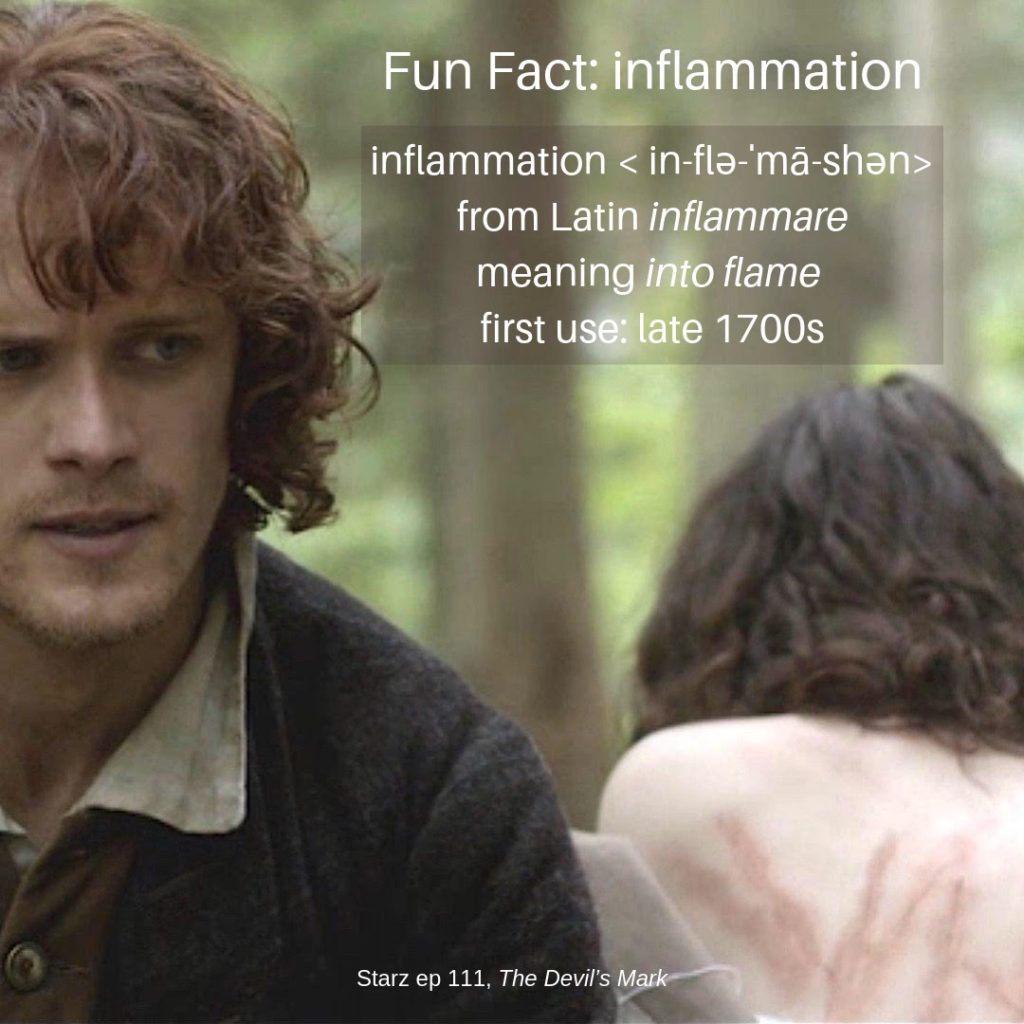
Anatomy Def: Inflammation is the body’s defensive response to tissue injury.
Outlander Def: Claire’s aching marks after the scourging for witchcraft.
Learn about inflammation in Anatomy Lesson #37, “Outlander Owies, Part 3 – Mars and Scars.”
Inflammation is an important defense mechanism the body employs to combat physical injury. There are two categories of inflammation:
- acute inflammation – rapid but brief response to injury
- chronic inflammation – prolonged response to injury (numerous types)
Interestingly, acute inflammation is not the same as infection. Inflammation can occur with or without the presence of infectious agents.
Fun Fact: Nearly 2,000 years ago, a Roman encyclopedist named Aulus Cornelius Celsus wrote extensively about medicine, pharmacy, surgery, agriculture, law and military arts. Although not a physician, he was the first to described four cardinal signs of acute inflammation. Rudolf Virchow, father of modern pathology, added a fifth. These signs in Latin, followed by their English equivalents, are:
- Rubor = redness
- Tumor = swelling
- Calor = heat
- Dolor = pain
- Functio laesa = loss of or disturbance of function
When tissues are injured (e.g. blow, burn, cut, abrasion, infection, etc.) inflammation quickly appears due to dramatic changes in small blood vessels of the injured region. The small vessels dilate and become leaky allowing fluid (plasma) and some types of white blood cells (WBC) to enter the injured tissues. The result:
- Increased blood flow causes redness
- Leaked plasma causes swelling
- escaped WBCs release chemicals inducing more redness, swelling, pain, and heat
- Pain causes decreased use (function) of injured area
These responses may seem harmful and sometimes they are, but, overall, are designed to:
- eliminate the cause of cell injury
- remove damaged cells
- pave the way for tissue repair
Try This: Do you have a cut or scratch? If not, the next time one arises, observe the wound. You will likely note redness, swelling and pain. Gently place the wounded area against the skin of face or lip and detect increased temperature (heat). And, likely, you will avoid using that area until it heals (loss of function) because it hurts. The five cardinal signs of inflammation!
Read about inflammation in Outlander book. Yes, it’s there! Claire and Mrs. Fitz share a significant convo over wounded Jamie. Although the word inflame doesn’t appear for another 40 or 50 years (late 1700s), their exchange remains authentic – Mrs. F merely states she “understands” Claire’s “meaning.” So, all is well <G>:
“But he’s hurt. He was shot yesterday and stabbed last night. I bandaged the wound for riding, but I didn’t have time to clean or dress it properly. I must care for it now, before it gets infected.”
“Infected?”
“Yes, that is, I mean, inflamed, you know, with pus and swelling and fever.”
“Oh, aye, I know what ye mean. But do ye mean to say as ye know what to do for that? Are ye a charmer then? A Beaton?”
“Something like that.”
See the striking (no pun intended) marks on Claire’s back courtesy of the strap in Starz ep 111, The Devil’s Mark. Yep, inflammation, for sure! Thankfully, Jamie reassures her with these splendid words:
“It won’t—” he began, then hesitated, “I mean, the cuts are not deep. I—I think you’ll no be … marked.” He spoke gruffly, but his touch was very gentle, and reduced me to tears once more.
Me, too! Sob!
A deeply grateful,
Outlander Anatomist
Photo credit: Starz
